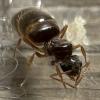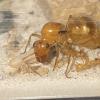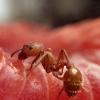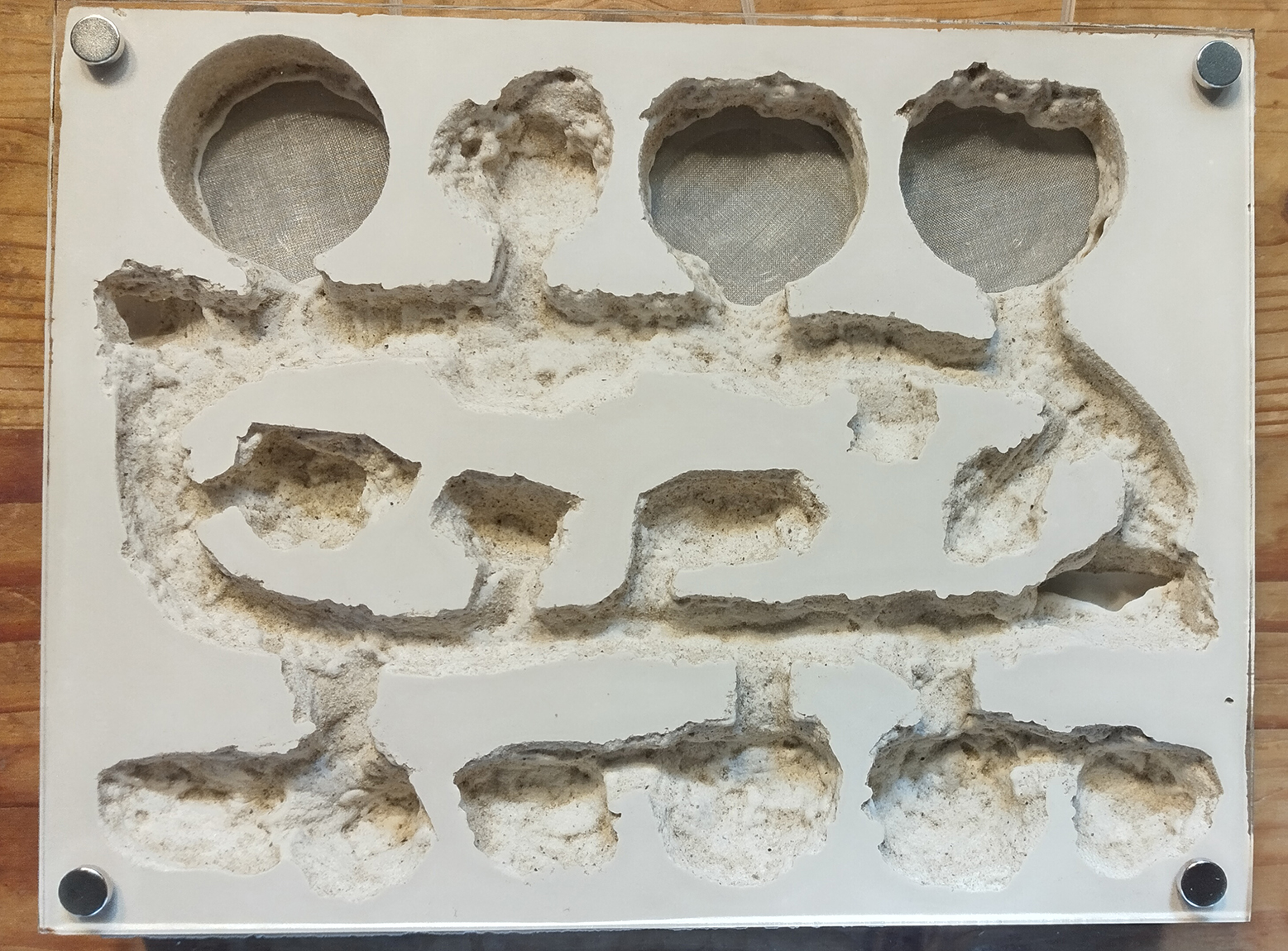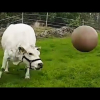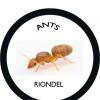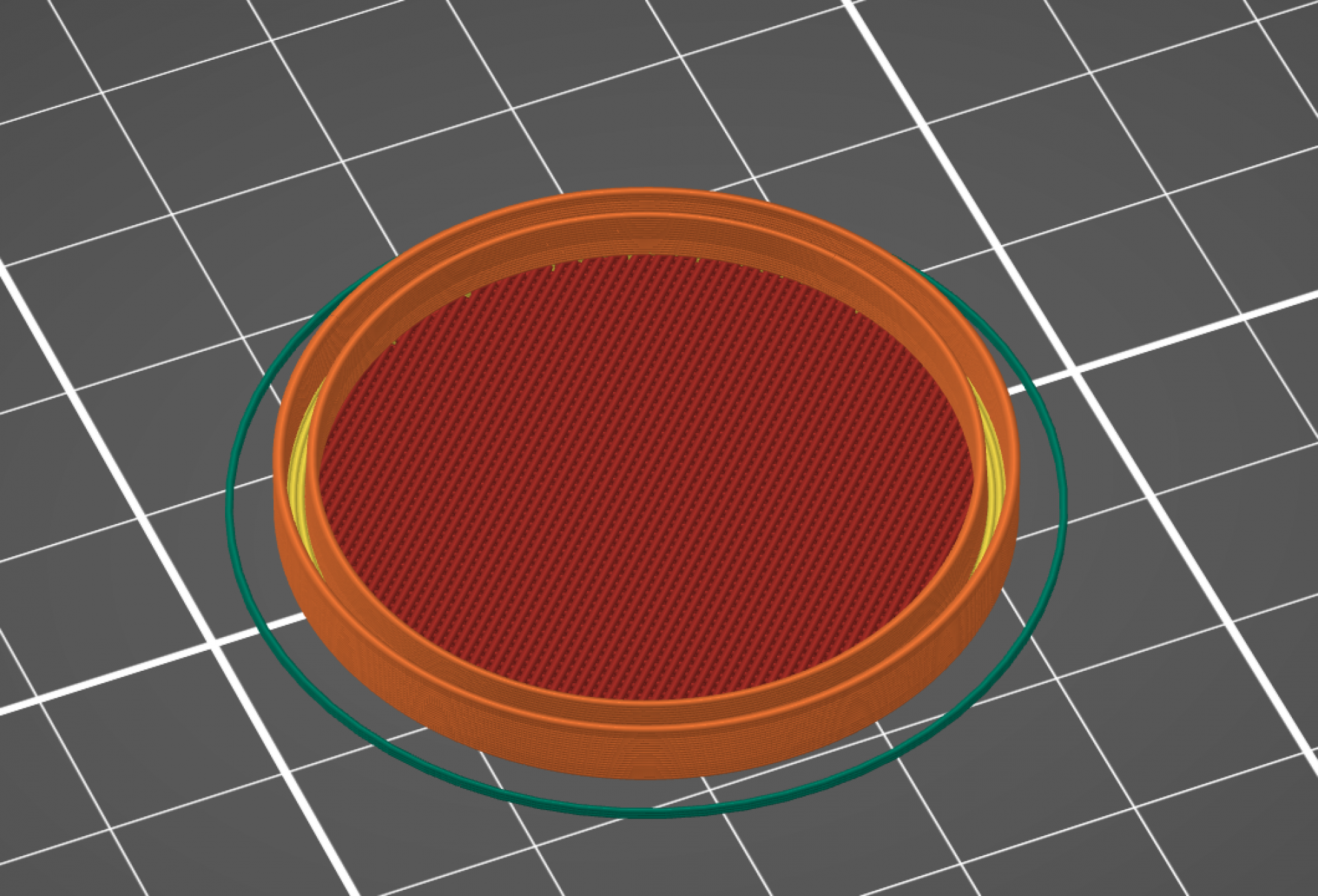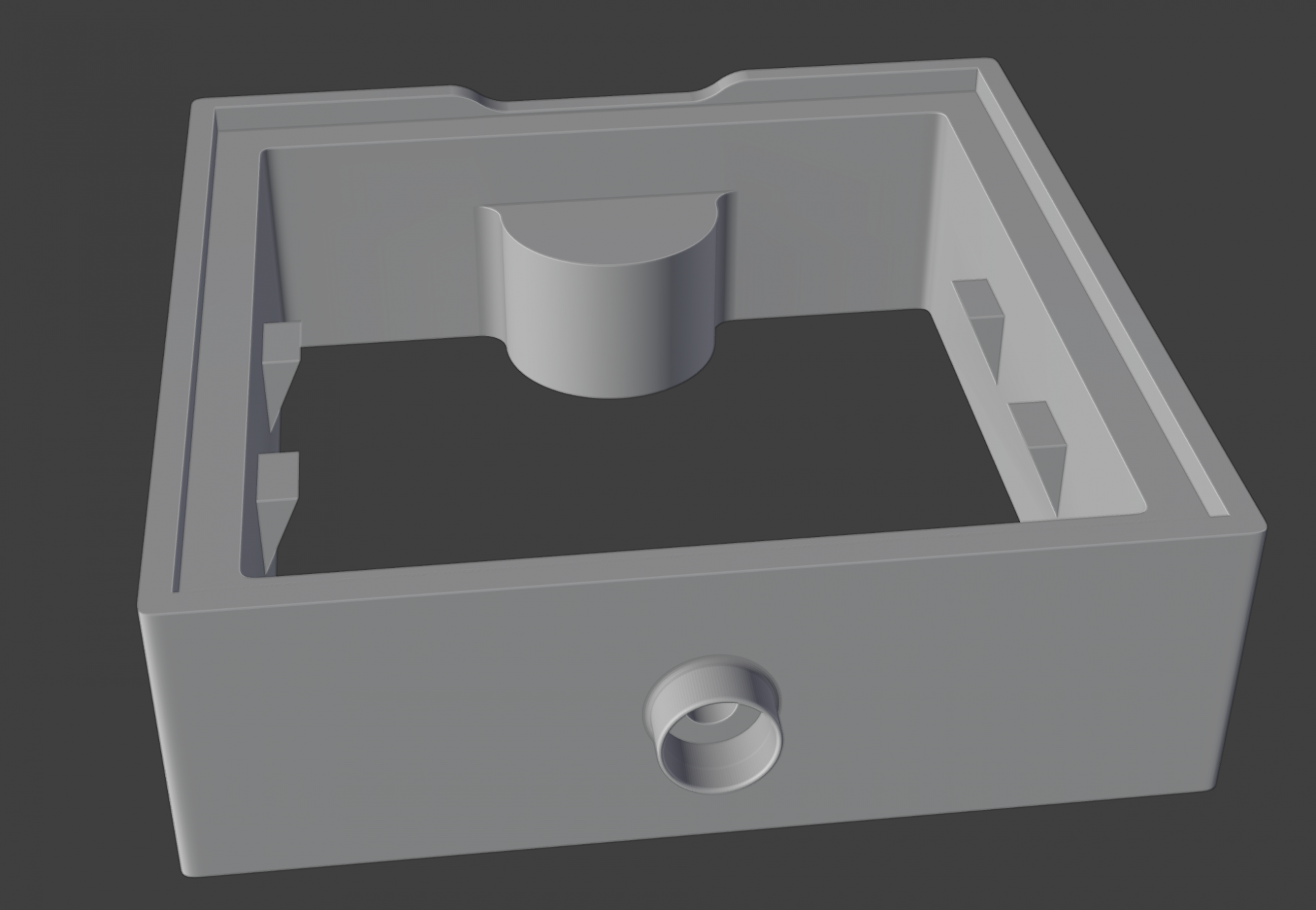Sorry for taking so long to update this. I did make the nests last weekend but it took a little while to get the lids from my school’s laser cutter. It was also just a pretty busy week in general, so sorry for the wait. Anyway, here are a few small updates I’d like to share.
First off, I just want to say that I’m really happy with these nests! I don’t think I mentioned it in my first post, but this is my first perfect cast nest, so I was sort of expecting the worst. That being said, one of the two actually turned out pretty decent. And I also made an outworks which I’m pretty happy with, too. I’ve got some pictures below where you can see how it looks.
Here’s the worse of the two nests. The sand was too wet so it didn’t have much height. The wet sand also spread to the side of the container so now there’s a big gap in the side. I figured that I could put it into an outworld for an all-in-one setup, but I’m not sure how I’ll fill the water tower. TBD I guess.

The better nest. The container I used ended up leaving a little rabbet around the top so I 3D printed a little ring to seal the nest to the acrylic as you can see in the first photo. I also put some padded feet on the bottom to reduce vibrations in the nest. One tip is to use a flat drill bit to make the nest entrance.
This way, they have a smaller hole for their nest but your vinyl tubing can still fit; it would probably work better if you leave more space around the chambers of your nest than I did.
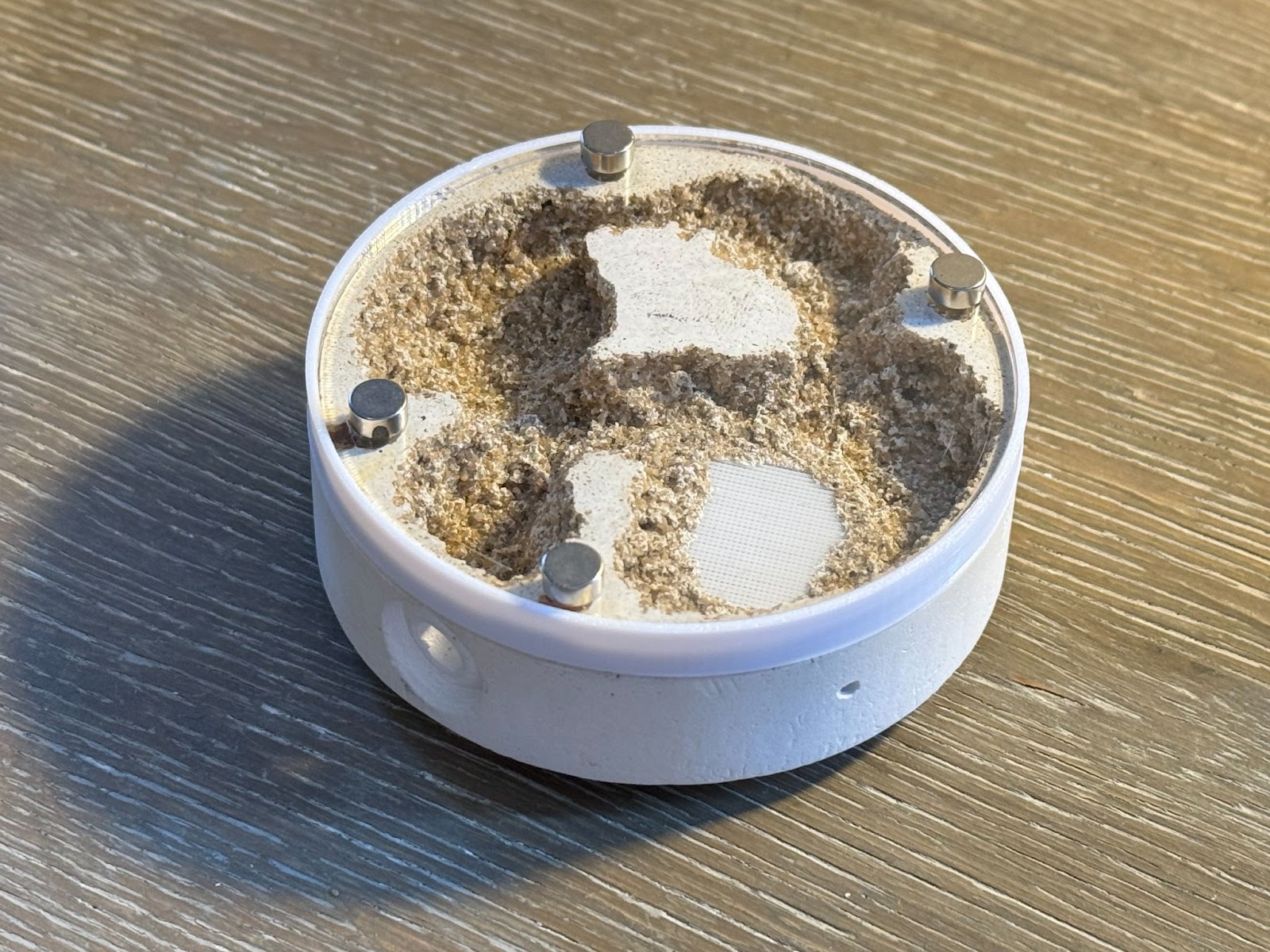
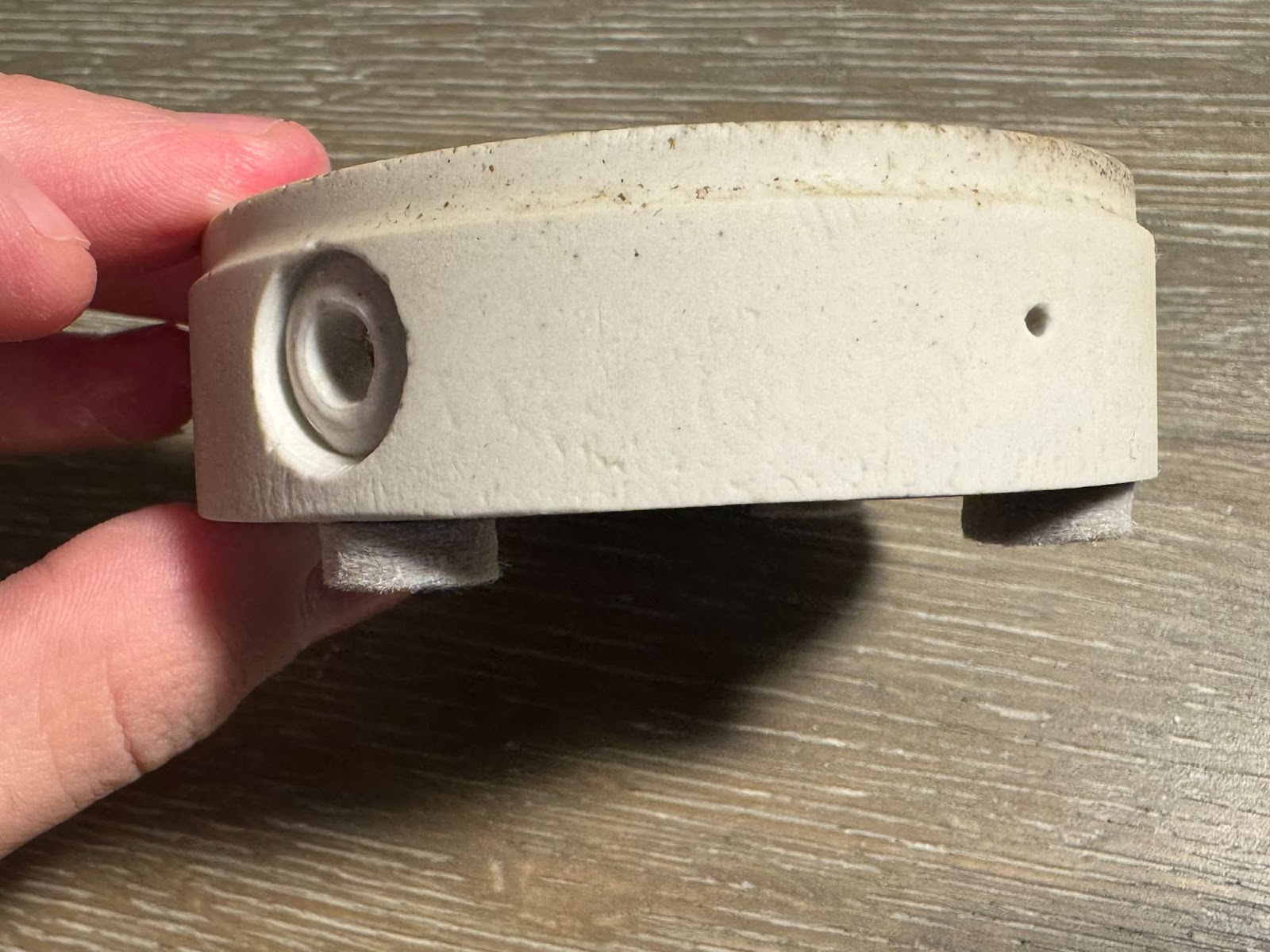
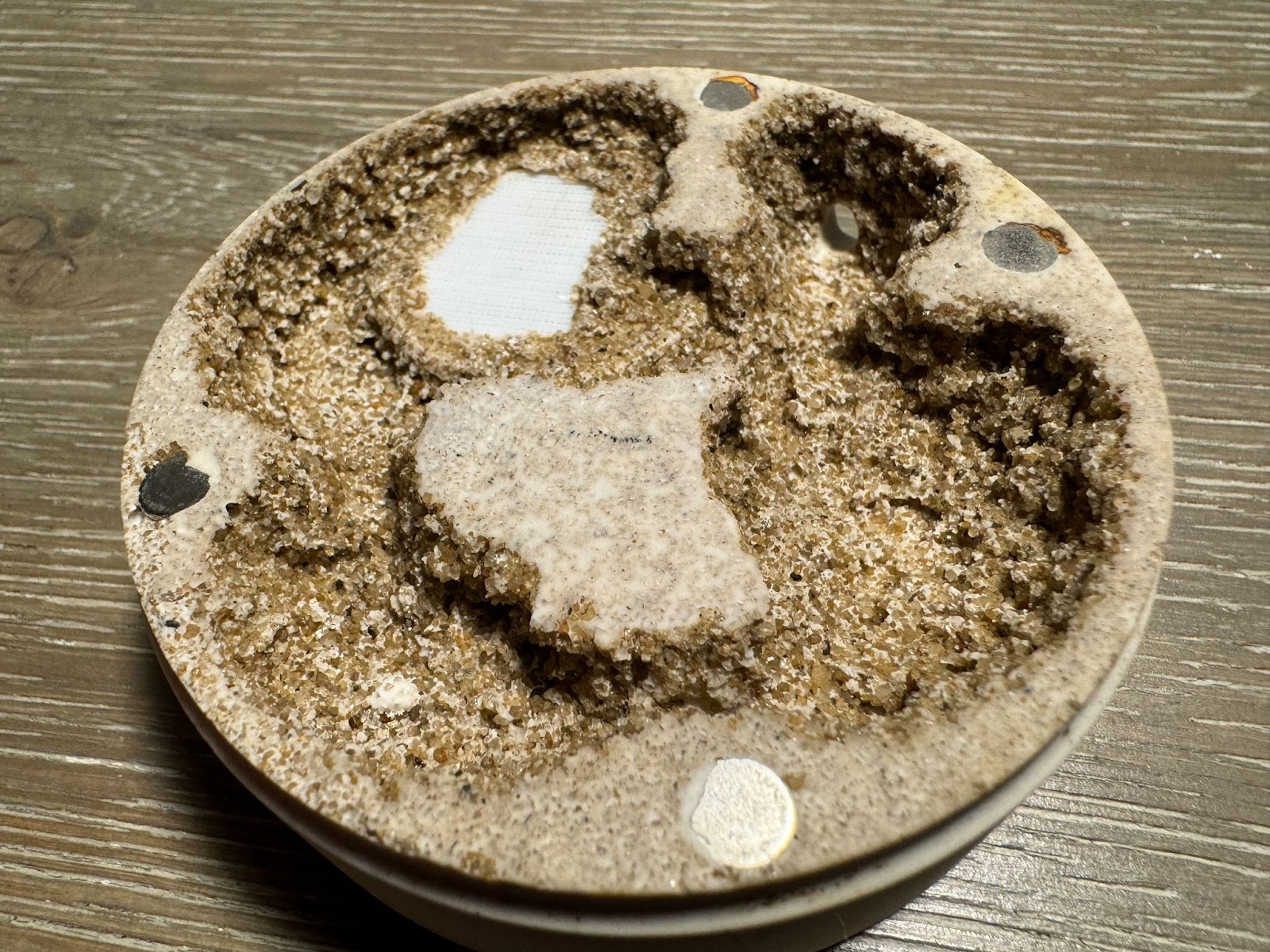
Here’s the outworld I made, nothing special but I’m pretty pleased with how it turned out. I’ll add wire mesh to the lid once I get some.
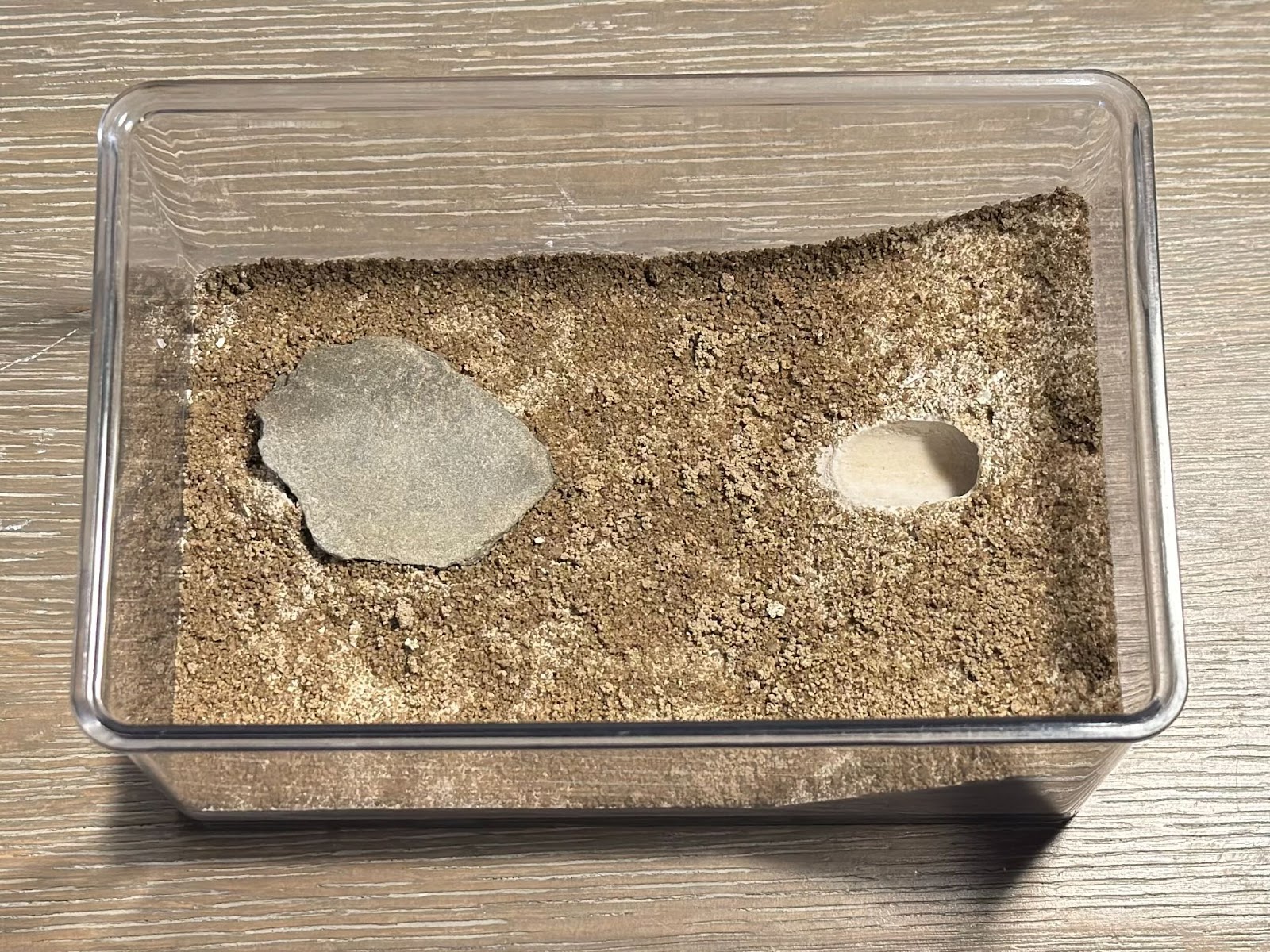
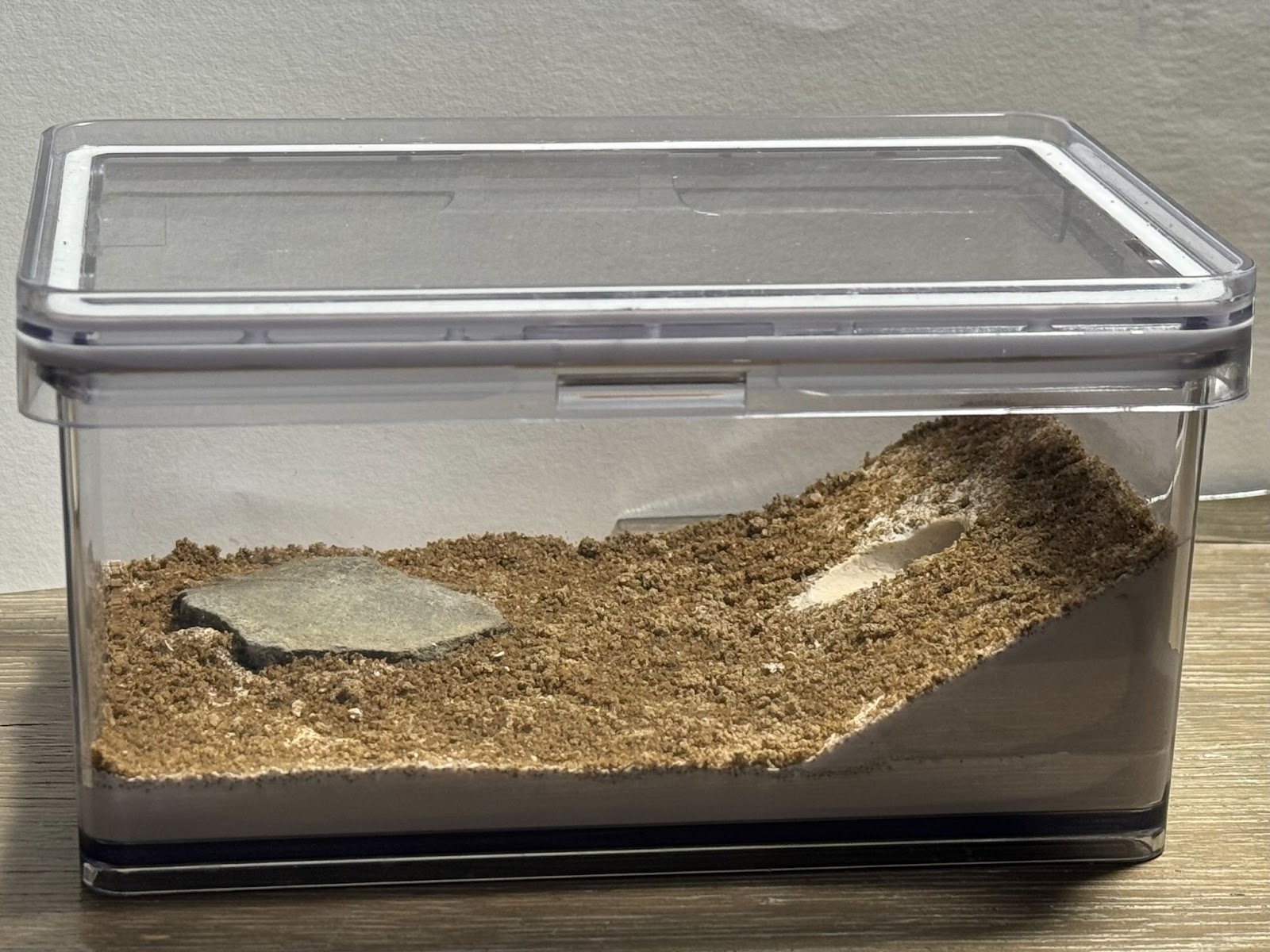
My main takeaways for next time are that: a) I probably should have used finer sand or maybe even clay, ⒝ I should have left more space around the rim of the container, and c) I need to bury the water tower deeper into the sand so it pokes out a bit. I now understand why THA nests cost so much lol, there’s definitely an art to making these.
Anyways though, I did use the plastic water towers as I was making these. They pretty much acted like normal and I just put something heavy on them so they wouldn’t float during the pour. Unfortunately, the perfect cast made its way between the sand and the plastic so now I can’t see the side of the water tower—though I’m just glad that it didn’t completely cover the mesh. I’m pretty sure this was because my sand grains were too large. Even if I had used finer sand, though, I still probably should have buried the tower deeper into the sand so it would stick out more. I’ll have to remember that for when I try using clear filament to hopefully see the water level.
Aside from that issue, they seem to be working well. I’m keeping them under-filled so that they don’t flood, but something handy I’ve found about them is that they don’t slosh water. The mesh is fine enough that the surface tension keeps the water from getting out—even when I turn it upside down. (Note that water will still escape if you break the surface tension by touching it with something, so I doubt it will work like this with ant brood on top of it) I can’t measure the humidity inside, but I’m assuming it is pretty high like it was in the tupperware.
For my next step, I’m planning on testing the new nest with a T. immigrans colony I have. I know that they’ll grow out of it pretty quickly, but they’re the only ones not in hibernation right now. I am a little worried about accidentally overfilling the water tower and flooding them, or them chewing through the mesh, but I guess that is the point of doing this experiment. I'll update on them once they've moved in and also document if they like the water tower.
All that being said, I do have some other unfortunate news: my 3D printer broke. This is the other reason there haven’t been any updates so far. I’m trying to find the time to repair it but, hopefully, I’ll get it up and running sometime soon. Until then, don’t expect many more updates. I do have a cool idea to test out once it is fixed though so stay tuned!
Edited by Voidley, November 15 2023 - 8:18 PM.


